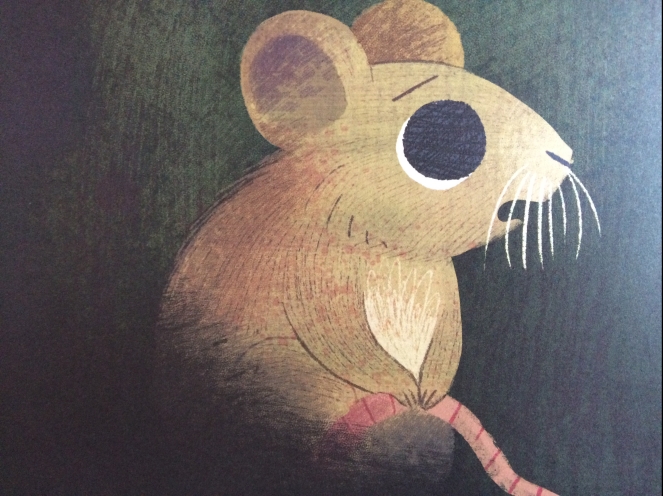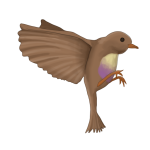Review: The Bad Day by Frann Preston-Gannon.

Squirrel is certain he is going to have a lovely day, until he gets stuck up a tree. The animals around him are having a terrible time too: Woodpecker is stuck in a tree, Snake is in knots, Tortoise has overturned, Fox has indigestion, and Mouse … well. Mouse is stuck in Fox’s stomach.
When the other animals realise that Mouse is having the worst time of all, they band together in an attempt to help. Maybe working together and rescuing Mouse can turn their day into not such a bad one?
Illustrated in Frann Preston-Gannon’s beautiful style, with wide-eyed expressions and lots of texture, this will be a hit with young readers.
Someone else is always worse off is a phrase beloved of my grandparent’s generation. Sometimes it is used unkindly, to stop a person from talking about their difficulties and experiences, such as grief or chronic illness. However, this story is about day-to-day problems (perhaps the young human equivalents might be not having anyone to play with, or tripping up over messy shoe laces). What can appear to make a day rubbish can be turned around with a little effort, and the help of the people around us.

This would be a fantastic story for talking about interaction with others. We are so used to the idea of friendships that we sometimes forget to consider how we interact with people who we don’t know so well. The people we don’t like much, even. It is lovely to see a picture book about positive behaviour towards others, because understanding that we sometimes rely on people who we hardly know is important. I especially love the inclusion of Fox, whose guilty (and queasy) expressions betray the fact that he has done something very, very unkind.
A wonderful double page spread in the middle of all the animals together allows the reader to predict how they might be able to help one another. This would be a wonderful point for an adult reader to pause and ask: what might happen next?
A fable-like story that readers will gain from with every read. This would be a great text for talking about working together as a team.
Thanks to Templar Books for my copy of The Bad Day. Opinions my own.


















